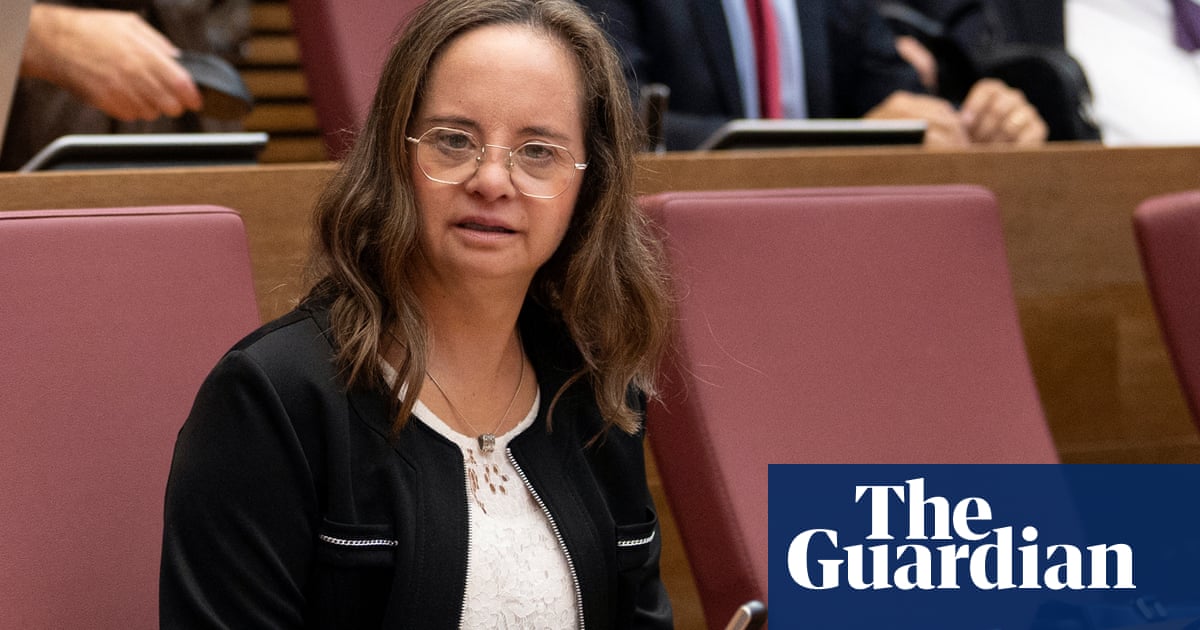
he first time Kelle Hampton glimpsed a doll with Down’s syndrome, anger boiled up inside her. Its exaggerated features bore little resemblance to the sweet facial characteristics that she loved about her daughter Nella, who was born with the genetic disorder.
The experience set the US blogger and author firmly against such dolls. But to her surprise, years later she found herself smitten with another doll. This time it had been carefully crafted to subtly capture the characteristics that made Nella unique. “This one was simply a beautiful doll any child would want to play with,” she said.
The doll hailed from a small town in eastern Spain that was put on the map after enterprising potters began transforming clay from the nearby mountains into children’s dolls, giving rise to what has been described as the country’s first doll factory. More than a century later the spotlight is again on the Valencian town of Onil – this time for its singular combination of inclusivity and artisan dollmaking.
The town, home to around 7,500 people and 38 toymakers, made headlines across Spain last year after a local collection of four dolls with Down’s syndrome won the country’s much-coveted “toy of the year” prize.
The dolls – two boys and two girls of varying skin colours – were rolled out by toymaker Miniland. “We were apprehensive at the beginning,” saidVictoria Orruño, the company’s marketing director. “But the reaction surprised us. It was very positive.”
The doll is intended for all children, not just those with Down’s syndrome. “Sometimes we overlook it but playing with dolls is a very enriching and formative experience for children,” Orruño said. “They can see different realities and normalise them.”
This realisation – that play can be a valuable tool in shaping how children think – has sent toymakers around the world scrambling to better capture the rich diversity of the world around us. Dolls that are gender neutral, in wheelchairs or which have prosthetic limbs have proliferated in recent years.
When it comes to dolls with Down’s syndrome, the offer has rocketed in recent years. This year saw retailer Kmart unveil a pair of dolls with Down’s syndrome at its stores across Australia and New Zealand, while in Onil – where the idea of a doll with Down’s syndrome first gained traction in 2007 – local toymaker Toyse last year announced a collaboration with Spain’s national Down’s syndrome organisation to create its own line of dolls.
In 2015 Onil-based The Doll Factory Europe, which ships some 95% of its products outside of Spain, released what today is a collection of six dolls with Down’s syndrome. “The response was fantastic,” said the company’s Francisco Herrera.
Intertwined with the push for inclusion is the town’s century-old method of dollmaking, he added. “Today there are still sculptors who use clay from the mountain to create the dolls,” said Herrera. “From there the moulds are made.”
It was one of Herrera’s dolls that captured Hampton’s heart. On Christmas morning of 2018, she watched as her daughter Nella gingerly lifted the doll to her shoulder and gently patted her on the back. The doll scarcely left her arms that day, with Nella repeatedly telling her sister that her doll – which she named Nella – was just like her.
It was a potent reminder of the power of being seen and celebrated. “It was one small thing we could do to help her feel what we hope she is surrounded with her entire life – the message that people with Down’s syndrome are beautiful, capable and loved,” Hampton wrote on her blog at the time. “And I knew she felt it holding that doll.”












